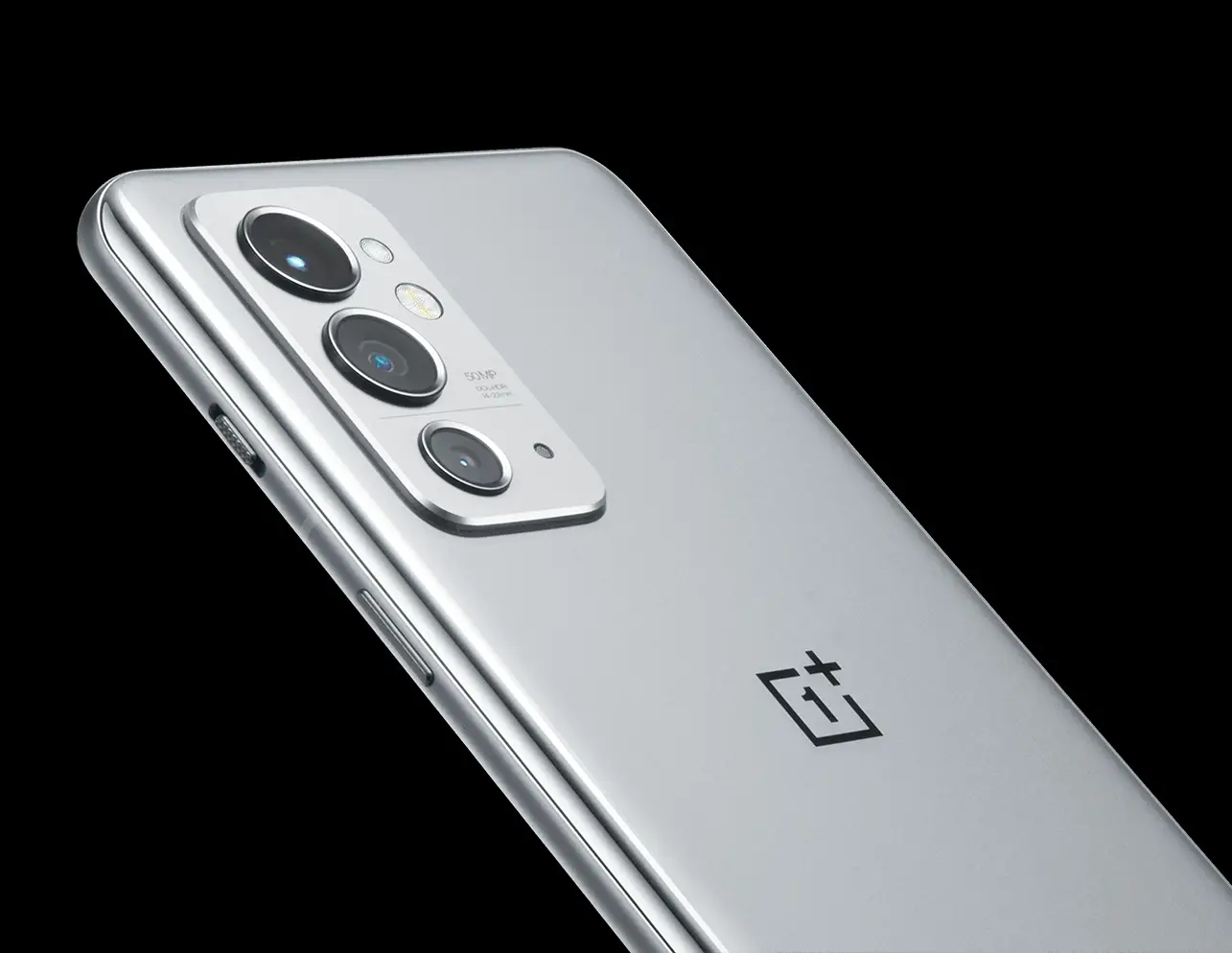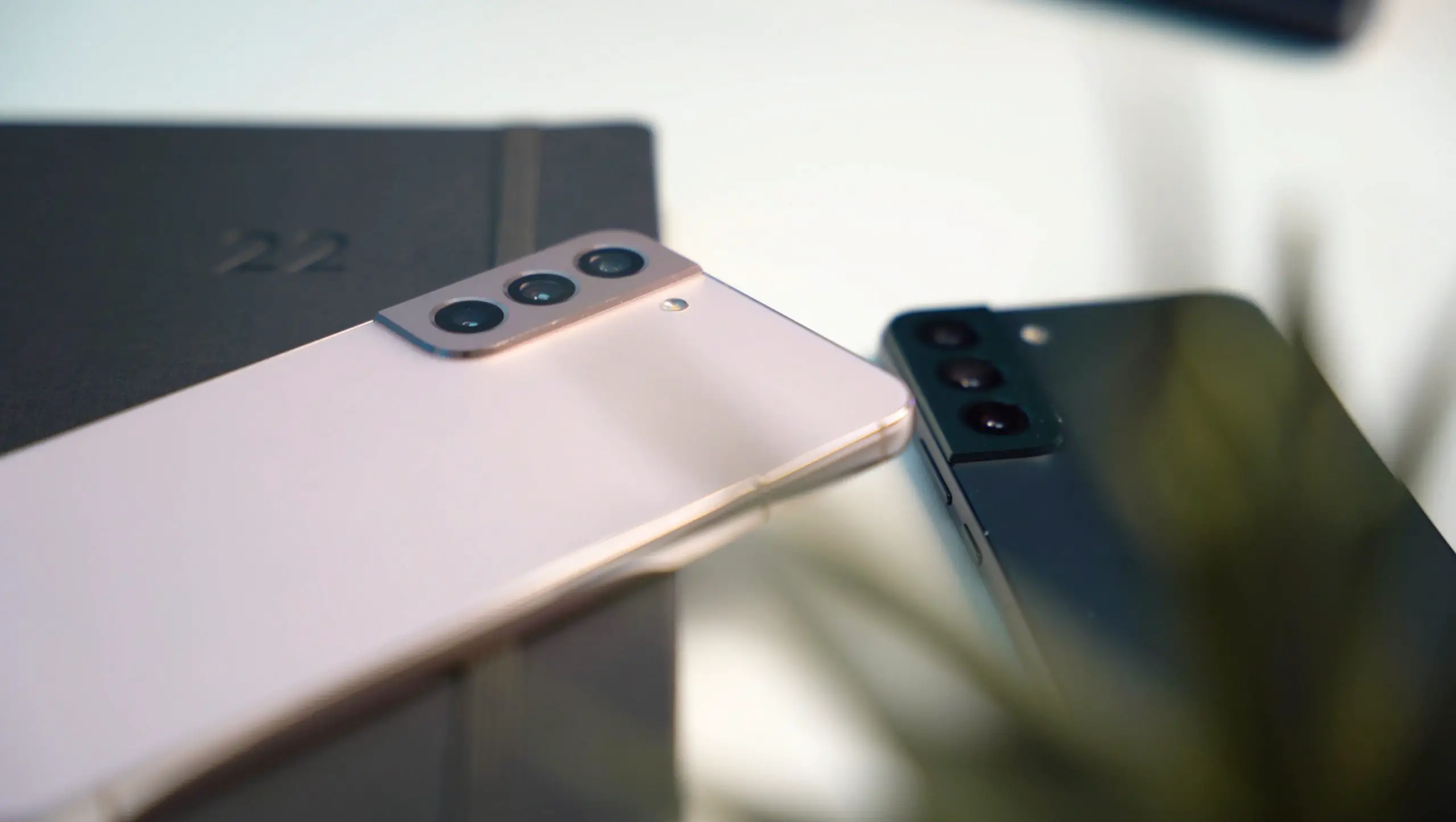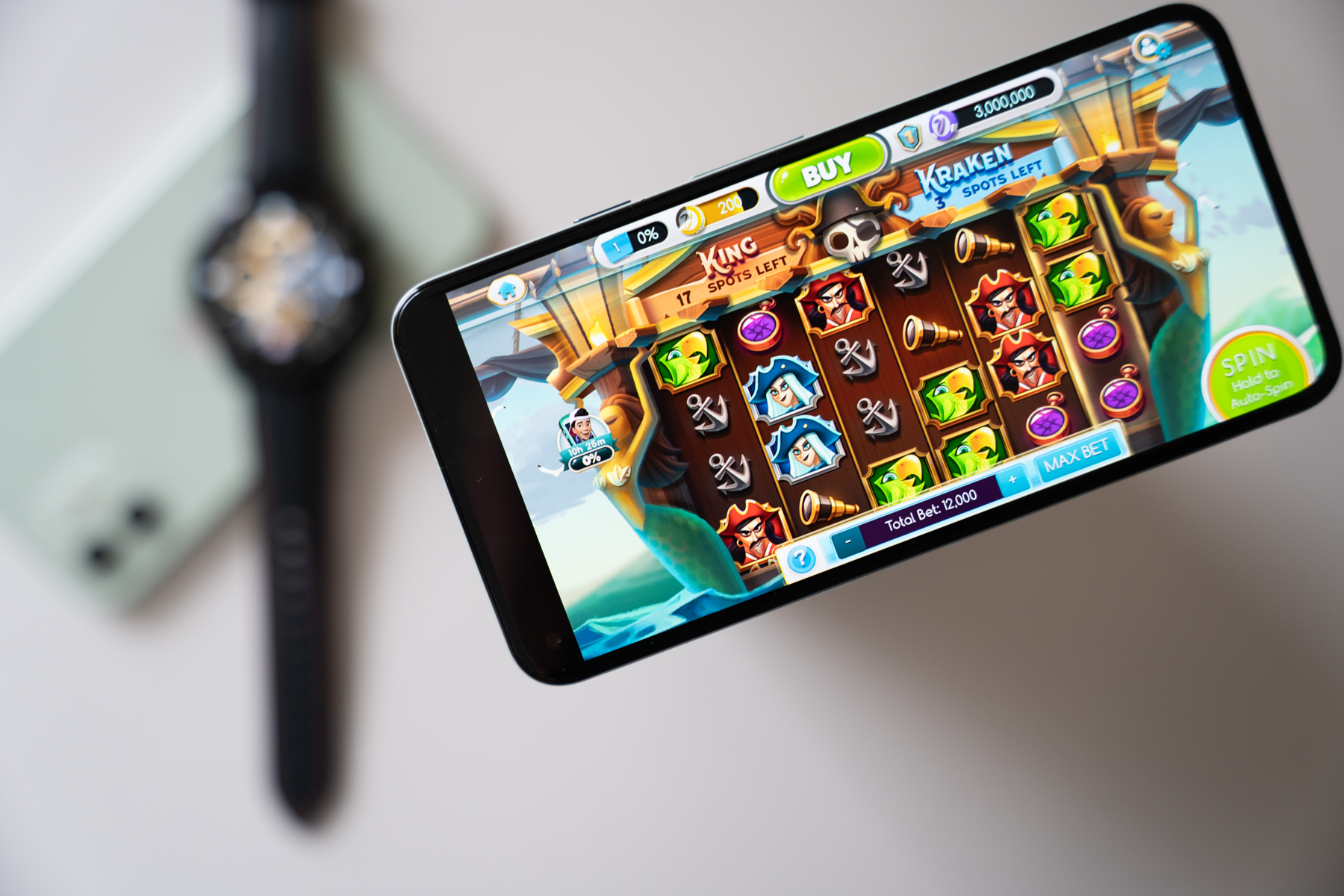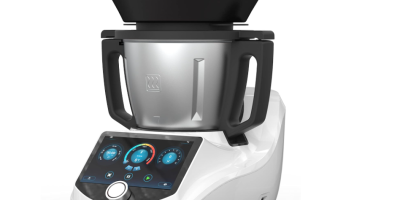If you’re thinking about investing online, a fast, feature-laden, and reliable smartphone is essential to monitor the markets. In this guide, we’ll explore the most popular smartphones for retail investors to execute and manage orders in the market with speed and accuracy, whether you’re at home or on the move.
Samsung Galaxy S22
The Galaxy S22 is designed to set a new standard for power and visual performance. Equipped with a hugely impressive AMOLED 2X display, the S22’s screen will offer impressive real estate for trading charts. If you’re on the move throughout the day, you’ll also be pleasantly surprised to find that the S22 contains a battery that can handle 24 hours of solid use, including trading applications.
iPhone 13 Pro
Apple’s iPhone 13 Pro and Pro Max are some of the most in-demand smartphones among retail traders today. With an impressive 6.1” screen and Apple’s fastest-ever mobile chipset included, the iPhone 13 Pro is all you need to get started with the financial markets on the go. Just make sure that when you eventually choose a stock trading app that it’s compatible with iOS as well as Android.
Huawei P50 Pro
If money is no object, the Huawei P50 Pro could be the ideal starting point for mobile traders. With a whopping 6.6” screen, the P50 Pro comfortably trounces the iPhone 13 Pro for screen real estate, which may be a deciding factor for multi-tasking traders. An octa-core CPU and 8GB of RAM give you just as much power under the bonnet than a bog-standard laptop – if not more so. Huawei SuperCharge functionality is also available to equip your device with more battery power faster.
OnePlus 9 Pro

The OnePlus 9 Pro even surpasses the P50 Pro for screen real estate. With a 6.7” touchscreen, the 9 Pro boasts a premium finish with a QHD display that offers optimal replication of real-time charts and indicators wherever you are. The OnePlus 9 Pro also has 12GB of RAM, which is 50% more memory than the P50 Pro. A Snapdragon 888 5G chipset should also futureproof your 9 Pro handset as a credible trading device for several years to come – without having to pay the premium price tag.
How to select the right trading app for your smartphone
A good starting point for choosing a stock trading app for beginners is to look for one that offers a broad range of assets to invest in. Ideally, you’ll want an app that allows you to invest in thousands of UK and US-listed equities, as well as exchange-traded funds (ETFs).
However, that’s not the be-all and end-all for a stock trading app. To make the most of your investment journey, consider also:
- Account variety
A choice of trading accounts is important. There are a plethora of general share dealing accounts and “tax wrapper” accounts available with most trading apps today.
- Competitive trading fees
Mobile trading accounts that incur too many monthly and annual fees or trading commissions can eat into your investment returns. There are apps that don’t charge any commission on trades, while some don’t charge inactivity fees either.
- Intuitive UX
When you’re investing on the move, you also need an app that offers a slick and intuitive user experience. The best mobile trading apps give you access to your open positions in just a few taps of a screen. This allows you to be agile and make real-time decisions with your trades.
- Access to trading tools
It doesn’t matter what level of trading experience you have, trading apps that offer trading tools, data and research can give investors of all levels a leg up when executing or managing orders in the markets.
With the underlying technology of the newest smartphones containing the kinds of chipsets found in modest laptops, it’s little surprise that retail traders want similar trading features on their smartphones that they use on their laptops. Whether it’s real-time charting and indicators or synchronized watch lists, there is an app out there however you like your mobile trading setup.











Comments